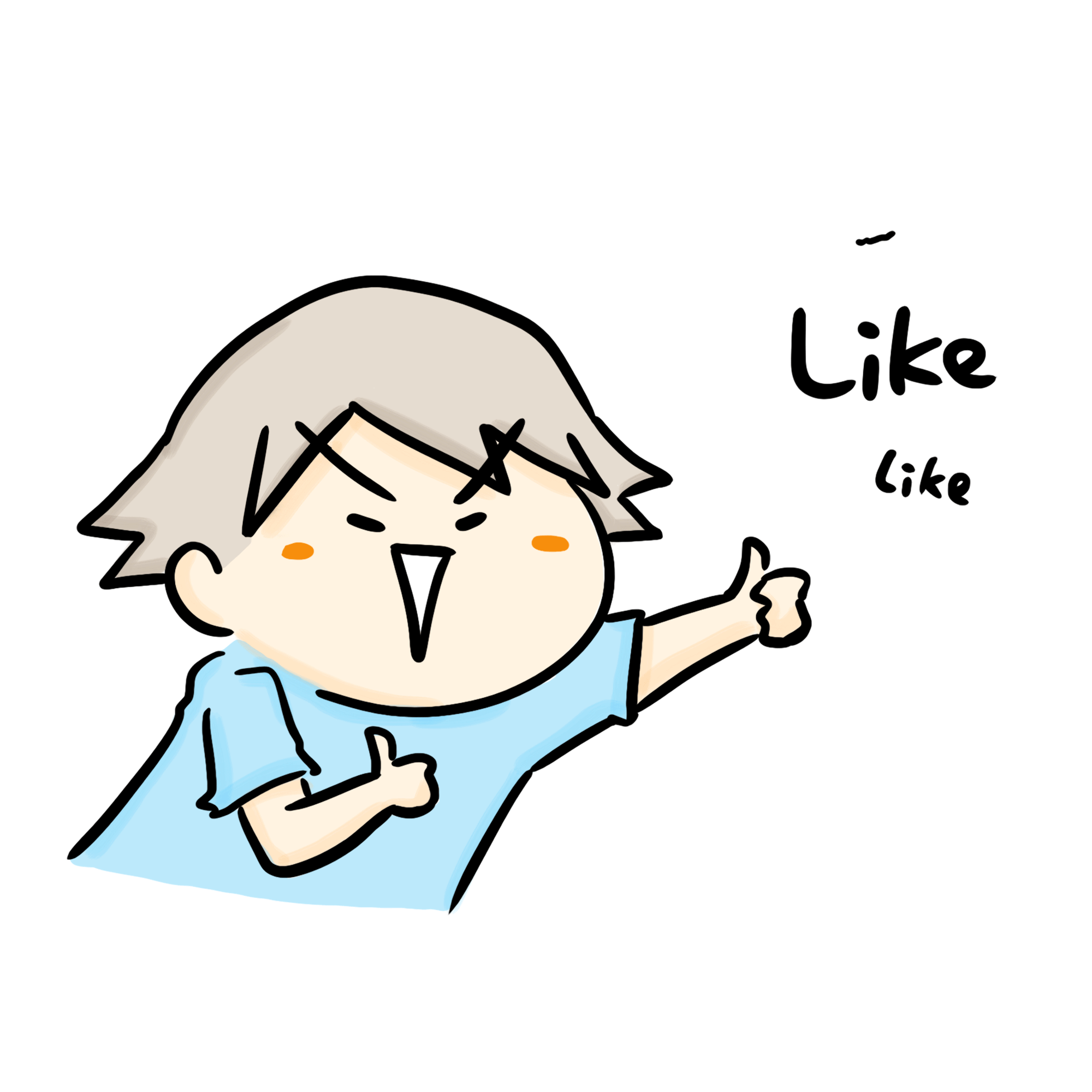“It took Austria almost 50 years to admit its part and its complicity in the crimes of National Socialism. Over 130,000 Austrian Jews were expelled by the National Socialist regime, and over 65,000 were murdered in the Shoah. By the end of the War the once flourishing Vienna Jewish community had been reduced to a few hundred people. Today’s community is largely the creation of “displaced persons”, since few Viennese Jews were willing or able to return. Neither were the government and the Vienna city administration of the day particularly interested in enabling the exiled Jews to return.” Dr. Michael Häupl, Mayor and Governor -City and State of Vienna and the President of the Jewish Welcome Service Vienna said and posted in their website.
From prosperity to persecution, the history of Jewish life in the Austrian capital, is extensive. There are few European cities that are so closely intertwined with Jewish history. By visiting Vienna today we can see many memorials to the hardships that Jews in Austria have suffered. We will also see tributes to the great accomplishments to many famous Viennese Jews, including Franz Kafka, Theodor Hertzl, Martin Buber, and Sigmund Freud.
During the Jewish Renaissance, three out of four Austrian Nobel Prize winners in medicine were Jewish, more than half of Austria’s physicians and dentists were Jews, and so were more than 60% of the lawyers. Today, Vienna is enriched not just by its waltz, but also by its long, rich Jewish history.
In the earlier part of 1950s, mass deportations from the Austrian capital started following the legislation of numerous discriminatory decrees and edicts against the Jews, such as the requirement that Jews take the first name “Sara” or “Israel,” the ban of Jews from public parks, the closure or the “Aryanization” of many Jewish shops and the devastation and arson of all Viennese synagogues and temples. Many Jewish stores, factories and building were destroyed during Kristallnacht. Public displays of hatred commenced across the city and all of the city’s synagogues were ravaged. The situation further deteriorated after the Wanassee Conference in January 1942. The remaining Austrian Jews were killed or sent to concentration camps. This systematic murder has come to be called the Holocaust. Himmler’s deputy, Reinhard Heydrich was the chief planner of the Nazi program to wipe out the Jews of Europe- still one of Hitler’s main goals. This plan was entitled the “Final Solution to the Jewish Problem.” For the Nazis, the final solution was genocide.
By the end of 1942, only 8,102 Jews remained in the city and by the end of the Second World War, 65,459 Austrian Jews had been murdered in the concentration camps and only 5,816 lived to see the liberation of Austria. Few of the Jews chose to return to Austria to live, although many claim to this day a love-hate relationship with the city. Instead, the majority emigrated elsewhere in Europe, to America, and to Israel, where today their number includes many prominent academics, diplomats, film-makers, writers, and artists.
A month before the Victory in Europe ( V-E Day) in May 1945, the Vienna Jewish Community was being re-established and in the same year, the provisional re-opening of the City Temple, the only Jewish synagogue in Vienna that was not completely destroyed in 1938, was done. These events marked the new beginnings and shining hope for the Jews in Vienna after a near decade of deaths, sufferings and starvation under Nazi persecution during the Second World War.
The following decades, the city has stepped up efforts to face up to the history of Jews in Vienna, including both positive and negative aspects, and to re-examine Vienna’s Jewish heritage. In addition to the Jewish institutions that have sprung up over the last few years – thanks to the support of the City of Vienna – a number of museums and memorials evoke the city’s Jewish heritage: the Jewish Museum of the City of Vienna, the Judenplatz Museum, the Sigmund Freud House, the Schoenberg Center, the Memorial against War and Fascism on Albertinaplatz and the Shoah Memorial on Judenplatz, to name only the most important.
In recent years, the Vienna community has reopened the Jewish Schools like the Jewish Institute for Adult Education and the Vienna Yeshiva. These have several affiliate youth groups and holds a successful annual Jewish cultural week and Jewish film week in association with a Jewish adult education centre. It also officially institutionalizes ESRA, a project aimed at psychosocial and sociocultural integration of traumatized Holocaust victims and their descendents. Despite government efforts to acknowledge the past and promises for a better future, Jews still face anti-Semitism on both the grassroots and state level manifested in vandalism, swastika grafitti and attacks in the press.
An opinion poll conducted by the American Jewish Committee (AJC) in 1995 went some way towards clarifying and quantifying these beliefs. The survey suggested that, overall, attitudes towards Jews in Austria had improved and Austrians had developed a more positive orientation towards Holocaust remembrance. Yet, 19 percent of Austrians in 1995 (28 percent in 1991) still saw Jews as having "too much influence on Austrian society" and 29 percent of Austrians (37 percent in 1991) maintained that, "now, as in the past, Jews exert too much influence on world events." Twenty-eight percent also believed that "Jews are exploiting the Nazi Holocaust for their own purposes.
The history of the Jewish people in the Austrian capital of Vienna is very dramatic, from peaceful life to fearful one but because of the fast growth of nationalism and liberalism, this fearful event comes to an end. With the help of the Austrian government and other nation-states, Jewish people are ready to face the challenges of the modern world like other peoples around the globe.






Wow Subscribe me And I will back to you Dear😍😍😍